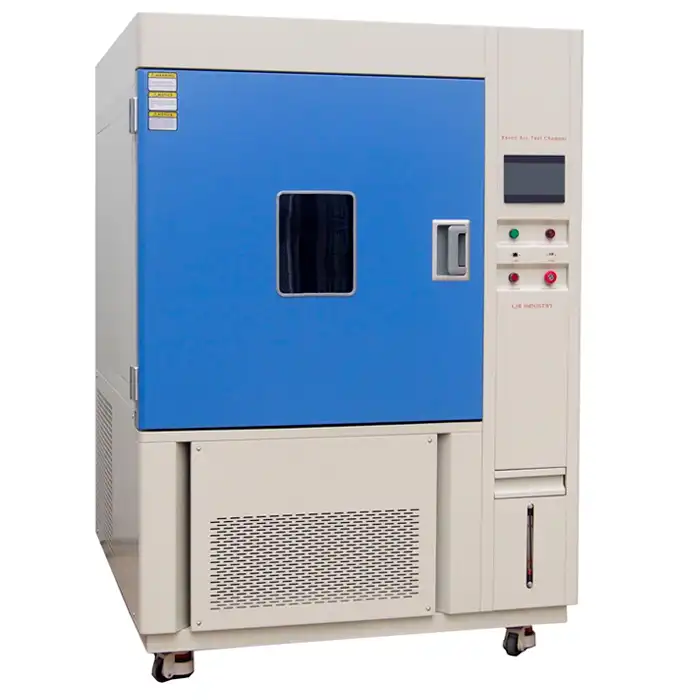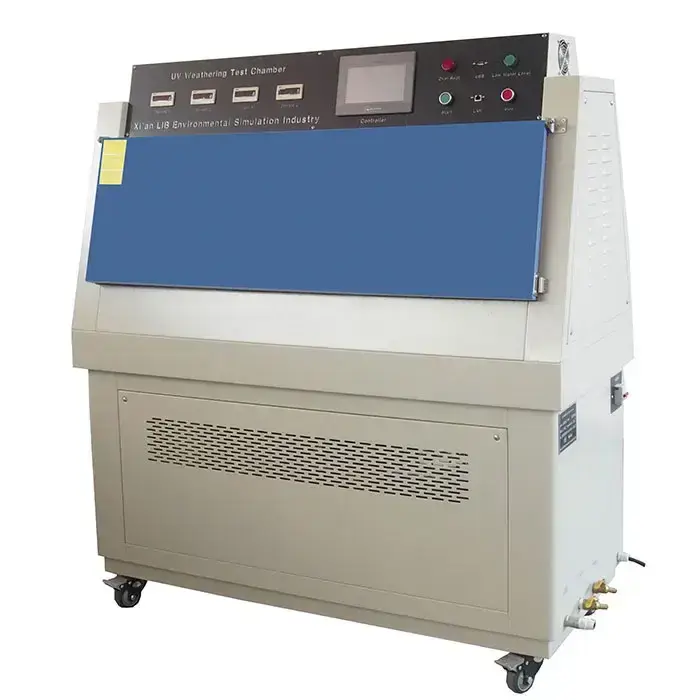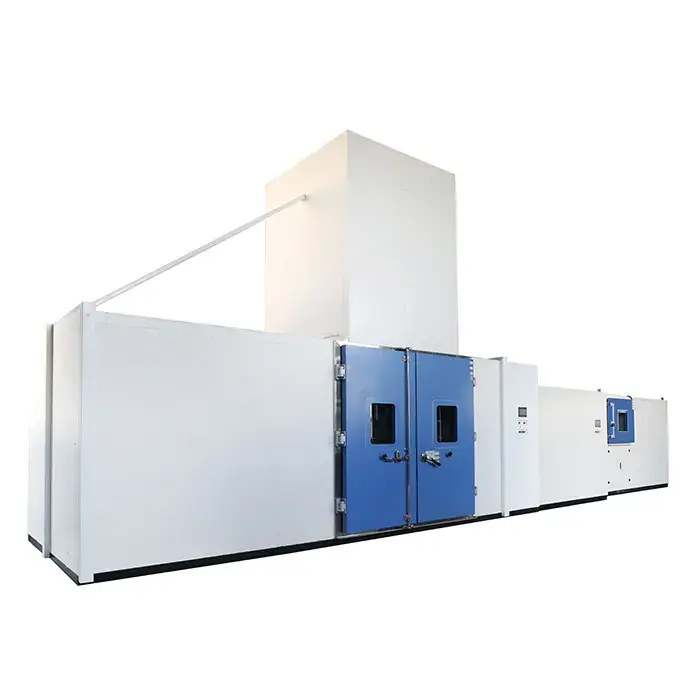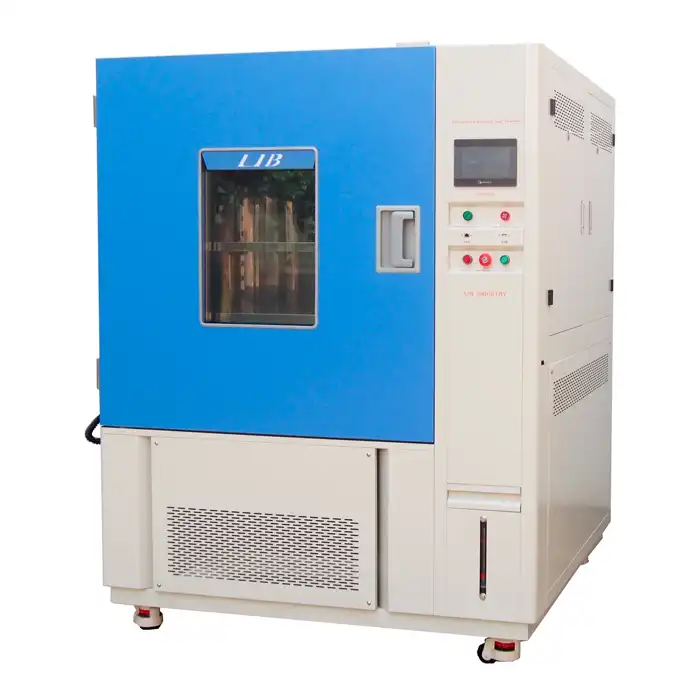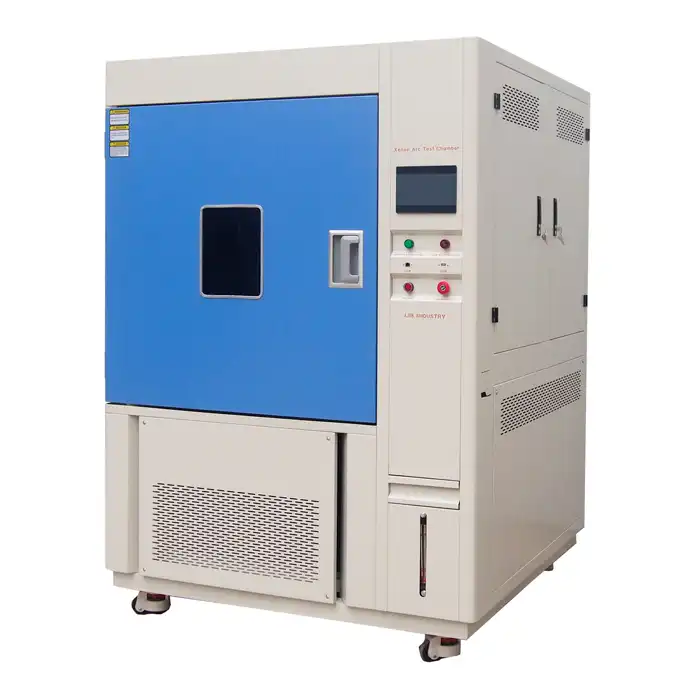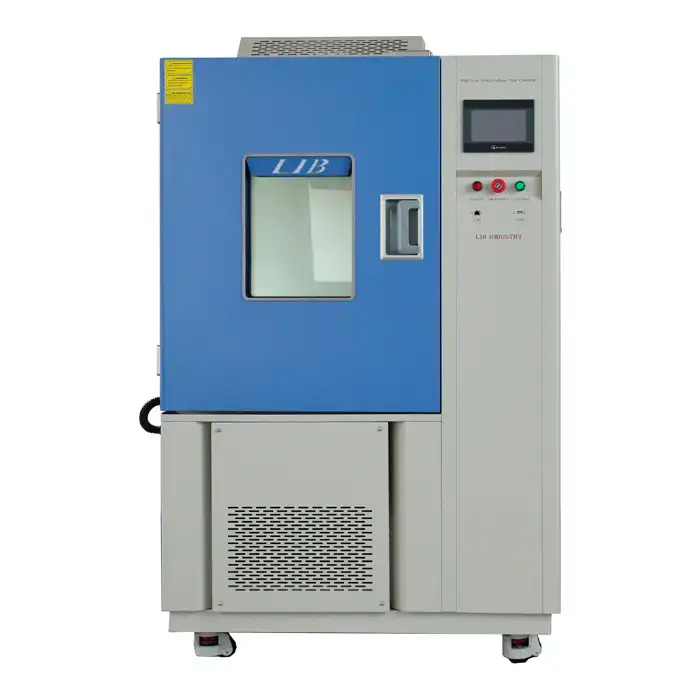How Vehicle Rain Test Chambers Simulate Real-World Rainfall for Comprehensive Testing?
Among the many tests that vehicles undergo, rain testing is a crucial step to evaluate their resistance to water intrusion, durability, and performance under wet conditions. This is where vehicle rain test chambers come into play. In this article, we'll explore how these chambers simulate real-world rainfall conditions with precision and reliability.

Replicating the Diverse Nature of Rainfall Conditions
Rain isn't just water falling from the sky - it varies significantly in intensity, duration, and type. From light drizzles to torrential downpours, each type of rain poses unique challenges for vehicles. Vehicle rain test chambers are designed to mimic these diverse rainfall conditions with remarkable accuracy.
These chambers can simulate everything from light misty rain to heavy monsoons within a controlled environment. For instance, a vehicle may need to endure hours of simulated rainfall to ensure its seals, doors, and electrical components can withstand prolonged exposure to moisture. By recreating such varied conditions, manufacturers can precisely evaluate the water-tightness of windows, sunroofs, and other critical areas.
This ability to replicate diverse rainfall scenarios helps manufacturers meet international standards, such as ISO 20653 or ISO20653, ensuring vehicles are prepared for global climates - even in regions prone to extreme rainfall.
Precise Regulation of Water Pressure, Flow Rate, and Droplet Size
Rainfall isn't one-size-fits-all. The size of raindrops, the flow rate, and the pressure at which water hits the vehicle can significantly impact its performance. Vehicle rain test chambers are equipped with advanced systems to control these parameters with precision.
For example, water pressure can be adjusted to simulate heavy rainstorms or mild showers, while droplet size can be customized to replicate anything from small mist particles to large, heavy drops. This precise regulation ensures that every aspect of the vehicle - such as wipers, drainage systems, and seals - is thoroughly tested under realistic conditions.
Manufacturers can also use this feature to test specific areas of a vehicle. For instance, high-pressure water jets may be directed at door seams or trunk lids to simulate real-world scenarios such as driving through a car wash or during flash floods. These tests ensure that vehicles are built to handle water ingress challenges effectively.
Recreating Rainfall from Various Directions and Inclinations
Rain doesn't always fall vertically - it can come at different angles due to wind or a vehicle's motion. Vehicle rain test chambers account for this by allowing the simulation of rainfall from various directions and inclinations.
Using multi-directional nozzles, these chambers can simulate rain hitting the vehicle at different angles, ensuring that all surfaces are tested. For example, rain can be directed at a vehicle's undercarriage, side panels, or roof to evaluate the performance of seals, drainage systems, and protective coatings.
Additionally, this feature is invaluable for testing vehicles in motion. Some chambers can simulate rain scenarios that mimic the effects of splashing water on a vehicle's underside while driving through puddles. By testing from every angle, manufacturers can identify and address potential vulnerabilities, ensuring vehicles remain watertight and functional in real-world conditions.
Incorporating Airflow to Mimic Driving Rain Conditions
In real-world scenarios, rain is often accompanied by wind, creating a unique challenge for vehicles. To replicate this, vehicle rain test chambers incorporate airflow systems to simulate driving rain conditions.
By integrating controlled air currents, these chambers can mimic the effect of wind-driven rain, where water is blown into the smallest crevices of a vehicle. This type of testing is especially critical for evaluating areas like side mirrors, door seals, and ventilation systems, where wind and rain interact most intensely.

LIB Blowing rain chamber
For example, a vehicle may be placed under conditions where rain is blown at high speeds to replicate highway driving in a storm. This ensures that vehicles remain watertight even under extreme conditions, providing drivers with peace of mind during adverse weather.
Temperature Control and the Simulation of Environmental Extremes
Rainfall frequently occurs in conjunction with temperature extremes, such as freezing rain or tropical downpours. Vehicle rain test chambers are equipped with advanced temperature control systems to simulate these environmental extremes.
| Spraying Hole Diameter: φ0.4 mm Hole Spacing: 50 mm Swing Angle of Oscillating Tube: 0 ~ ±180° (Adjustable) Turntable Rotation Speed: 1r/min (Adjustable speed) Water Pressure Control: Flow meter Controller: Programmable color LCD touch screen controller, Ethernet connection |
This capability allows manufacturers to test how vehicles respond to rain at varying temperatures. For instance, a chamber may replicate freezing rain to evaluate a vehicle's ability to prevent ice buildup on windows and wipers. Conversely, tropical rain conditions can be simulated to test the performance of air conditioning systems and ensure that electrical components remain unaffected by heat and moisture.
By combining temperature control with rainfall simulation, these chambers provide a comprehensive testing solution that ensures vehicles perform reliably in all weather conditions, from icy winters to humid monsoon seasons.
At LIB Industry, we specialize in providing turn-key solutions for environmental testing, including advanced vehicle rain test chambers. Our chambers are designed to replicate real-world rainfall conditions with unparalleled precision, helping manufacturers ensure their vehicles meet the highest performance and safety standards.
If you're looking to enhance your testing capabilities with state-of-the-art vehicle rain test chambers, contact us today at ellen@lib-industry.com.
References
1. "Testing Automotive Water Resistance: Standards and Processes" - Industry Journal on Environmental Testing
2. "Environmental Simulation Equipment for Automotive Applications" - Expert Report on Vehicle Testing Technology
3. "The Role of Rain Test Chambers in Vehicle Development" - Automotive Engineering Magazine
4. "Advances in Environmental Test Chamber Technology" - Research Compilation on Testing Equipment




